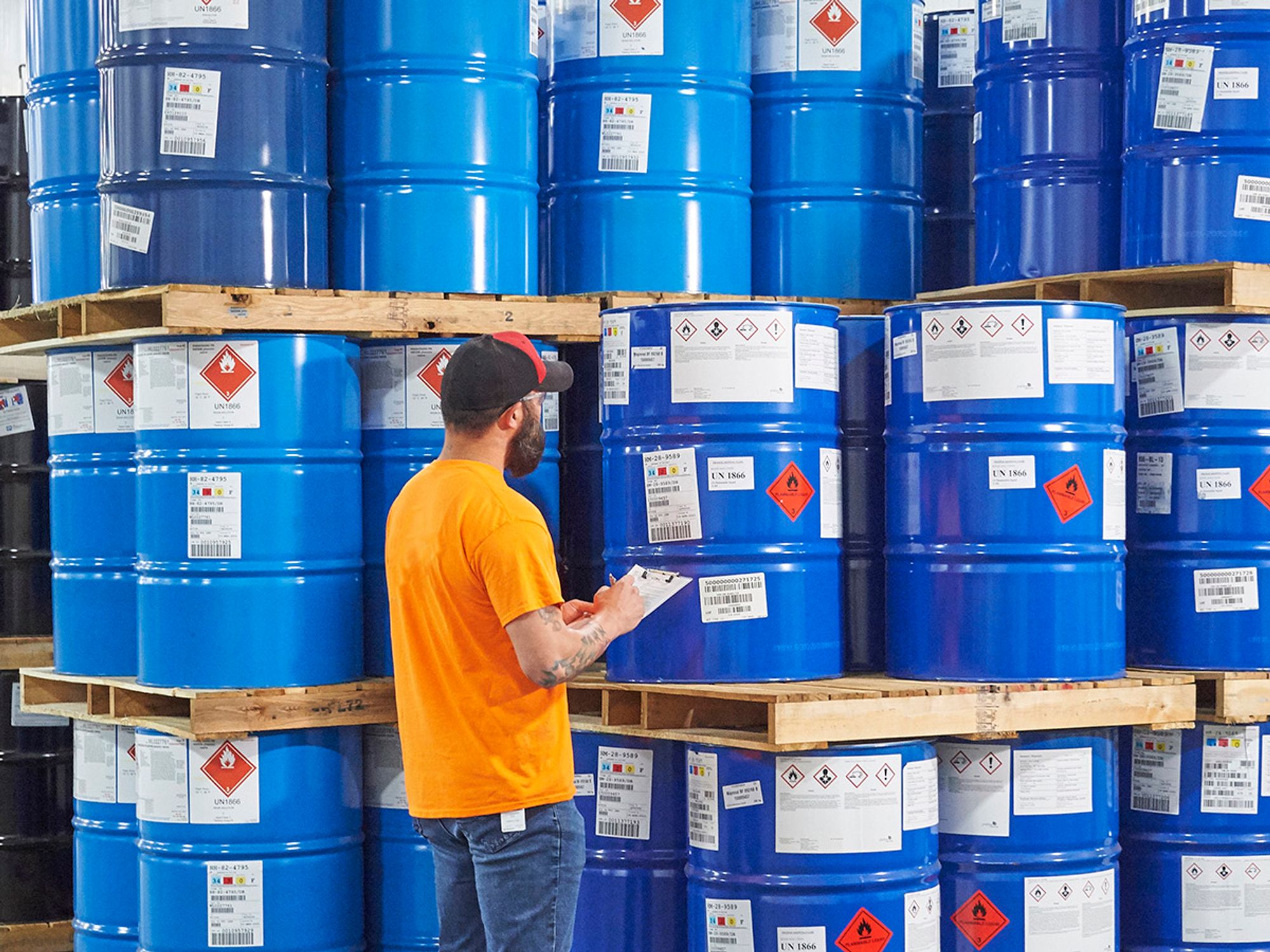Key definitions

- Key definitions for toxic and hazardous substances may be found in this section.
Action level: An airborne level, typically one-half of the permissible exposure limit designated in the Occupational Safety and Health Administration (OSHA)’s substance-specific standards, 1910, Subpart Z, calculated as an eight-hour time-weighted average, which initiates certain required activities such as exposure monitoring and medical surveillance.
Ceiling limit: The exposure limit that a worker’s exposure may never exceed.
Hazardous substance: Any material that poses a threat to human health and/or the environment. Typical hazardous substances are toxic, corrosive, ignitable, explosive, or chemically reactive.
Permissible exposure limit (PEL): The legal limit for maximum concentration of any chemical in the air to which a worker may be exposed continuously for eight hours without any danger to health and safety.
Regulated area: An area established by the employer to demarcate areas where airborne concentrations exceed, or there is a reasonable possibility they may exceed, the permissible exposure limit.
Short-term exposure limit (STEL): The average exposure to a contaminant to which a worker may be exposed during a short time period (typically 15–30 minutes).
Time-weighted average (TWA): The average exposure to a contaminant over a given period of time, typically eight hours.
Toxic substance: Chemicals or mixtures that may present an unreasonable risk of injury to health or the environment. They include chemical substances, mixtures, and categories like arsenic, asbestos, benzene, and more.
